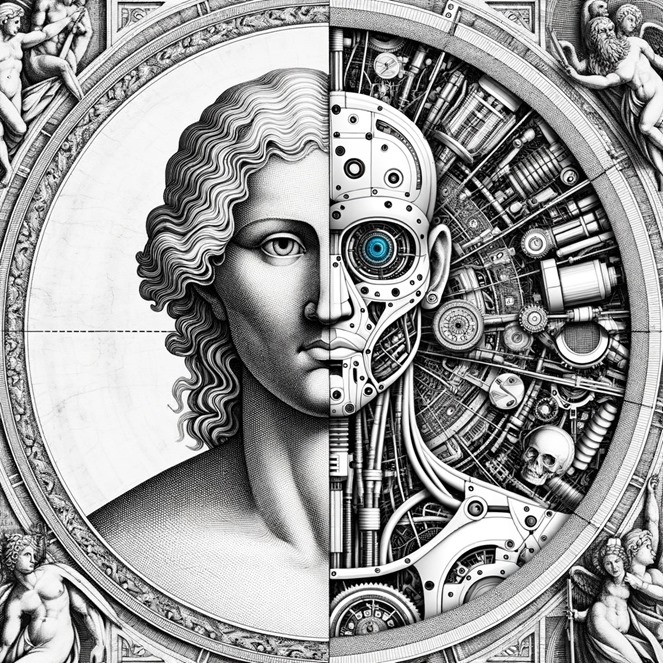
Have you ever pondered the remarkable intricacies of the human brain? Comprising of a left and right hemisphere, the brain offers much insight into cognitive processes such as decision making, opinion formation, and, notably, language development. Surprisingly, a whole hemisphere can be surgically removed – a process known as hemispherectomy – without causing death. This fascinating degree of both independence and intercommunication in the brain potentially points to a striking parallel between human cognition and advanced machine learning, specifically language model AI systems like ChatGPT and Claude.
If you've ever watched a toddler picking up language, a fascinating process unfolds. They parrot phrases and gradually build their own, using words as building blocks for storytelling. Their stories grow more unique as they hear more tales, piecing together an array of linguistic fragments. This echoes the workings of a language model AI – trained and developed using vast text corpora, ranging from simple articles to complex pieces of literature.
This comparison invites the concept that our brains operate with two language models: the left and right hemispheres. Now, with sophisticated AI platforms like GPT-alike systems, we can imagine the addition of a cognitive “third half”, although the bridge for exchange of information is still limited to typing or voice messaging. As these external AI models act like a co-processor for our brains, we are heading toward an interesting epoch in AI development that potentially focuses on two main directions:
1) Improving Inter-model Communication
The first direction could hone the channel of communication with the external model. To make AI models more robust and user-specific, we might see the development of a "digital self" - a corpus of personal data that functions as a behavioral blueprint for the AI. These models could pave the way to personal digital clones and, consequently, a paradigm shift in data security – both applications and threats. Acquiring such a data-bank would be coveted, as it would arguably reveal more about you than even Google knows.
2) Fusing Multiple Models into One
The second potential avenue of development involves the fusion of different models into a singular, hybrid entity - combining platforms like GPT with something like Claude or even self-hosted models, similarly to how our brain’s hemispheres are bridged by corpus callosum. This augmentation would result in an amalgamation of processing power leading to more nuanced computation and analytical ability. In other words, the answer you would receive would be a collective work of more than one language model.
Final Thoughts
These considerations suggest that the "GPT is not AI" argument is somewhat reductive. Instead, it might be more accurate to consider humans as advanced language models ourselves. As we venture through an "augmented by AI" phase on the path towards "true AI", we could see an era of cyberpunk manifesting itself in our lives – perhaps a tad softened, but nonetheless impactful and exciting. Our interaction with tech won't be limited to standalone devices, but an entourage of AI-enabled gadgets and online services, embarking us on a thrilling journey of endless possibilities.